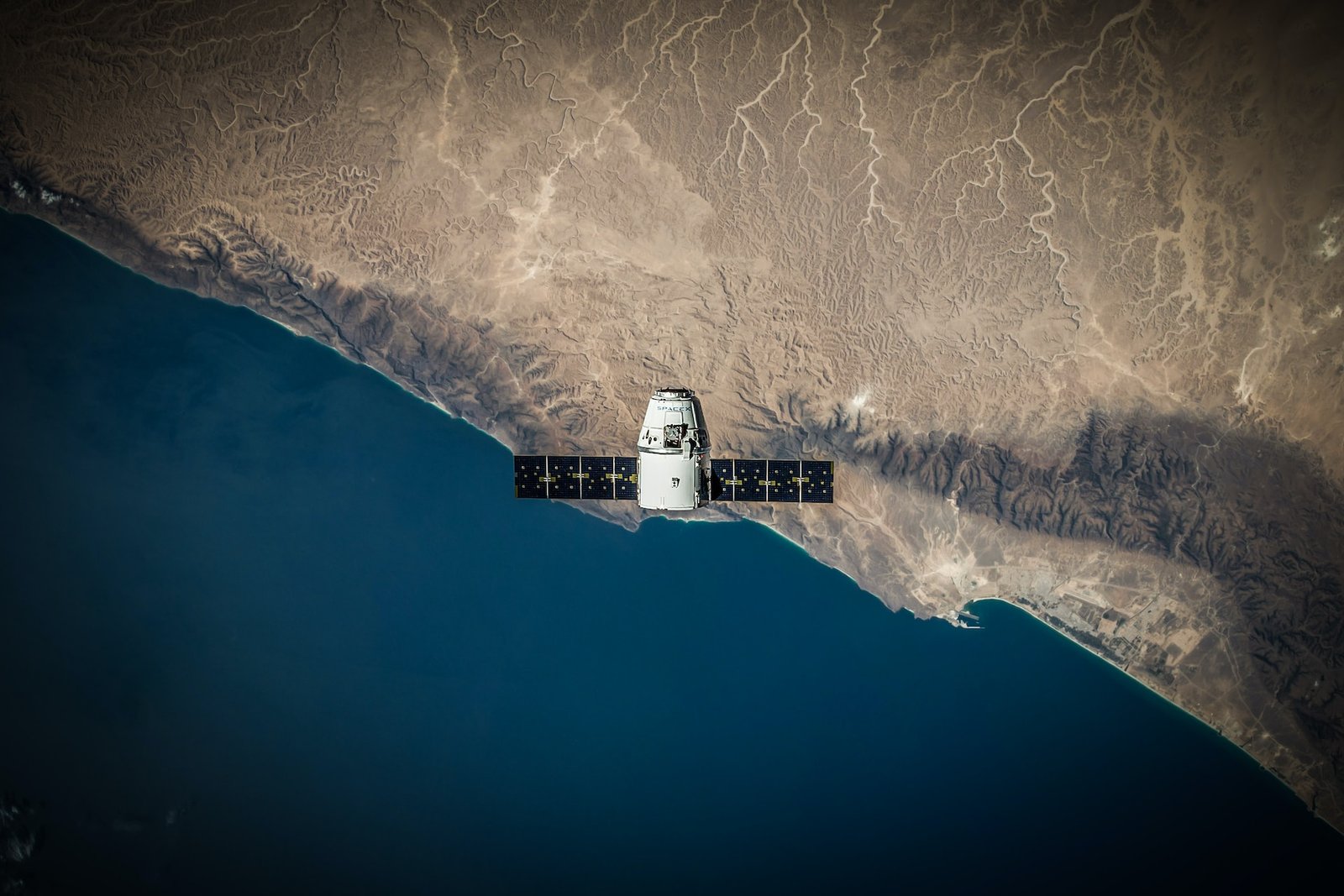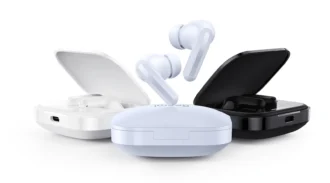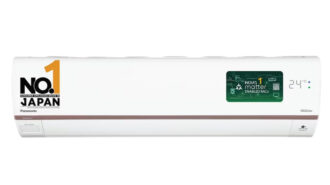Japan is testing spacecraft technology to deflect an asteroid on a collision course with Earth
To intercept two faraway asteroids and test methods to destroy a third, the Japanese space agency has repurposed the Hayabusa-2 spacecraft. In addition, JAXA intends for the spacecraft to place a target marker on the asteroid so that they can learn more about these rocks.
Japan’s space agency, Jaxaspace, is set to conduct a groundbreaking test involving its Hayabusa2 spacecraft, aiming to intercept and deflect a fast-moving asteroid bound for Earth. Launched in 2014, the Hayabusa2 spacecraft made two successful landings on Ryugu, an asteroid known as 1999 JU3, situated nearly 300 million kilometers (900 million miles) from Earth in 2018. During an 18-month survey, the spacecraft fired pellets onto Ryugu’s surface, collected samples, and delivered them in a capsule to the Australian Outback in 2020 for scientific investigation.
Hayabusa2 is now on an extended journey until 2026, with its destination being the 500m-diameter asteroid 2001 CC21, located approximately 12 million kilometers (8 million miles) from Earth. Additionally, Jaxa has announced that Hayabusa2 will approach the small, fast-spinning asteroid 1998 KY26 in 2031, whose orbit intersects with Earth’s. According to JAXA, the unique attributes of this asteroid create a special physical environment near its surface due to the centrifugal force from rotation exceeding its gravity.
Recognizing the potential threat posed by large space rocks hitting Earth every 100 to 1,000 years, causing severe damage, Jaxa aims to examine this asteroid and demonstrate technologies capable of colliding a spacecraft with an asteroid. The space agency emphasizes that such technology is essential not only for scientific exploration but also for planetary defense. Despite the challenges posed by Hayabusa2 being initially designed for asteroid rendezvous rather than flyby missions, Jaxa is confident that these missions will contribute to advancing our understanding and ability to defend against Earth-threatening asteroids.
In a broader context, NASA has previously demonstrated the effectiveness of asteroid-spacecraft collisions in changing asteroid trajectories through initiatives like the Dart (Double Asteroid Redirection Test) conducted in November 2021. These experiments, along with Jaxa’s upcoming attempt, underscore the global scientific community’s commitment to developing strategies, including kinetic impact and even the exploration of nuclear bomb detonation on asteroids, to safeguard Earth from potential threats.
Japan’s Jaxaspace agency will test Hayabusa2 to divert a fast-moving asteroid approaching Earth.Hayabusa2, launched in 2014, landed twice on Ryugu, an asteroid 1999 JU3, 300 million kilometers (900 million miles) from Earth in 2018. After 18 months of shooting pellets at the asteroid, the spaceship retrieved materials and brought them to the Australian Outback in 2020 in a capsule.
Scientists investigate spaceship samples to understand.Hayabusa2 will visit the 500m-diameter asteroid 2001 CC21, 12 million kilometers (8 million miles) from Earth, until 2026. Jaxa predicted Hayabusa2 would approach near Earth-crossing fast-spinning asteroid 1998 KY26 in 2031.”The asteroid’s ‘small and fast’ attribute creates a very special physical environment near its surface, as the centrifugal force due to rotation exceeds its gravity,” stated Jaxa. Jaxa wants to analyze this asteroid, which hits Earth every 100–1,000 years and could be harmful. Both flyby missions test Jaxa’s asteroid-colliding technologies.

















